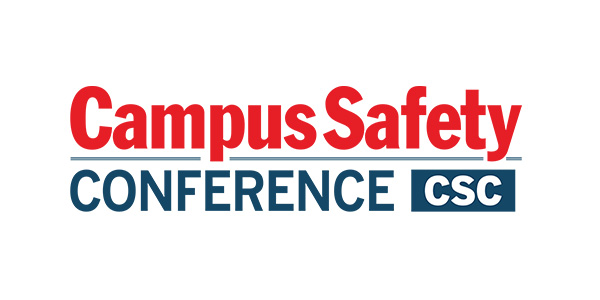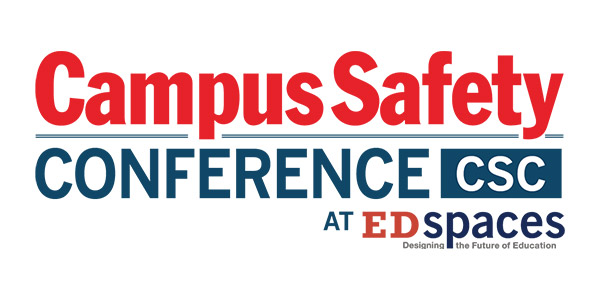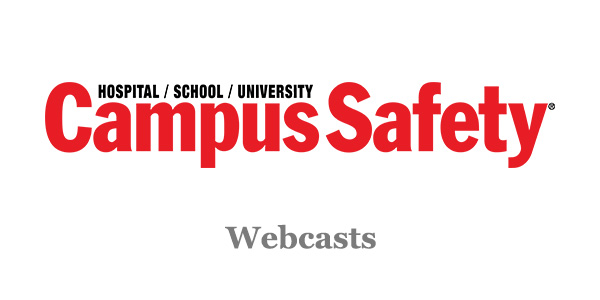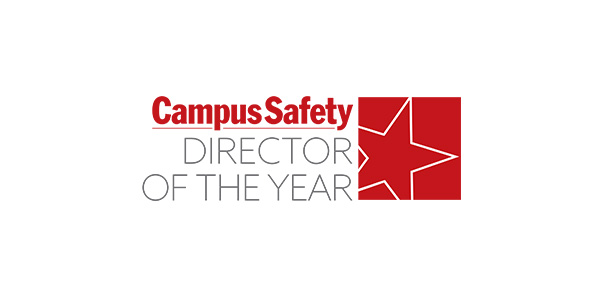Conduct an Assessment of your Situation and Assess Resource Gaps. What are the existing processes and policies in place? Where are the biggest gaps in planning and preparation? Institutions that have successfully stepped back and taken a cross-functional holistic look at existing procedures aimed at addressing identified threats often find than many threats have no easily identified or broadly understood procedures associated with them or at a minimum those plans and procedures are woefully inadequate.
See the check list in Exhibit A for a good Situation Assessment checklist put forth by the International Campus Law Enforcement Association (IACLEA).
Part of the situation assessment is to carefully identify available resources and identify the gaps. Every campus has different resources available. Based on the identified risks, their prioritization and the appropriate constituents, many institutions have found it helpful to identify the resources that could be used to address the situation. In many instances it is helpful to identify the ideal resources and then the reality of the situation.
In addition to making it clear who and what resources are assigned to each type of risk response, this mapping will also help start to setting budget priorities. A partial list of resources that should be considered is included as Exhibit C.
Define scenarios and timelines for completing plans. Once a comprehensive situation assessment is complete, it’s time to put together a plan of action for each identified threat. At this point, clear scenarios will have emerged as top priorities for your institution.
These are the situations where the threat ranking is highest and the level of current preparation and resourcing is the lowest. Establish a timeline for the emergency response manager and “owner” of an incident to create a plan for review.
The timeline should be aggressive but attainable. Focus on working through the top priority plans first and then move to the next ones. Remember that this is a process of constant improvement, so the initial plan does not have to be perfect, but there needs to be one in place that you can call upon it when necessary.
Safety is one of the top issues for parents and students, so make sure your discipline in completing the action plans is consistent with that level of emphasis! A helpful sample plan checklist is provided in Exhibit B below.
Implementing the Communication Plan
Implementing the plans defined in the Preparedness phase can be a daunting task, involving cross-functional cooperation across a wide spectrum of initiatives. This section provides a deeper look into the specifics of implementing the communication aspects of the plans.
Create communication processes, templates and approval procedures. During the chaos of an emergency event, communication processes that were once thought to be easy can become confusing and difficult. Even the use of an emergency notification tool that seemed so simple during training several months ago can become daunting and fraught with the risk of mis-communicating simple information and thus compounding a situation. A few simple best practices can make a significant difference.
- Define acceptable terms for emergency mass communications – What are the right terms for you to use that will be unambiguous and not cause confusion? Is there more than one library? Is the word “gunman” appropriate for a female assailant? How will people respond to a directive to “stay in your residence hall”?
Do you expect them to return there if they are currently in a classroom or library? Are there abbreviations for text messages that might be particularly clear or unclear? Many institutions have created lexicons for emergency situations, leverage what others have created and modify them for your own use. Make sure you test any terms that are unique to your campus with some actual potential recipients of the message.
Things that seem clear to a group of administrators might be interpreted completely different by a group of 19 year old students. Many institutions will choose to review emergency messaging language with appropriate legal and security staff as well.
- Determine target audience(s) specifics– Each audience will have different appropriate priorities and content. Different communication content and modes are relevant to different audiences. The first job of the crisis communications team is to contact the list of need-to-knows – security, key administrators, and first responders.
The individuals on this list may depend on the specific situation. When will these key individuals be contacted and what will they be told? Let’s look at the simple example of a chemical spill on campus. First responders would be notified first and told all appropriate details, including the expected material, resources in route, which roads are to be closed, what to communicate to civilians, and where to report. Students would be told to avoid the area in question, and to look to the web site for more information.
Parents and media might be notified that there are no injuries and no immediate danger to any students or faculty and that more updates will follow. The important planning step is to identify the different steps and procedures for communicating with each audience.







